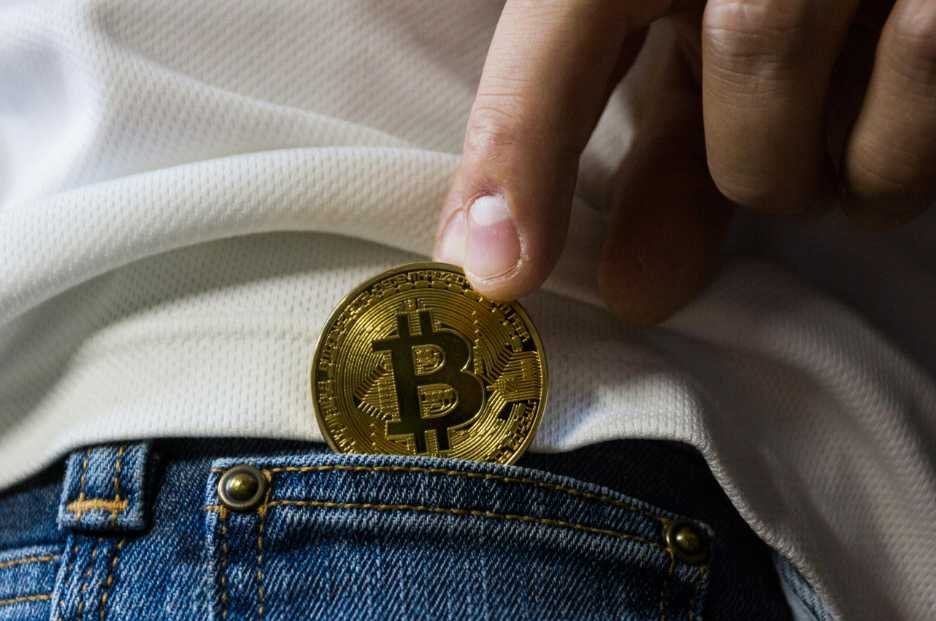By Terry Ashton, updated January 21, 2025
Crypto is always in flux. One day it’s up to the moon, the next it’s in freefall. Experts – those who claim to have their finger on the pulse – are everywhere, each with a prediction about where it’s headed. And for good reason. Crypto is alluring: freedom, decentralisation, huge profits. But not all predictions are created equal and some are more hype than foresight. In the end understanding the future of crypto isn’t about following the experts blindly; it’s about separating the noise from the signal and making sense of the world.
The first piece of advice from those in the know is this: never take the latest bitcoin price as fact. Price predictions are dangerous. When Bitcoin hits an all-time high everyone gets caught up in the excitement. You see the headlines, you hear the chatter and suddenly everyone is an expert on where the current bitcoin price is headed next. But the truth is Bitcoin’s value is influenced by so many variables – regulation changes, technological advancements, global financial systems – that predicting the future price is more art than science. The allure of the “next big thing” in crypto markets is intoxicating but remember: volatility, not predictability, is the game.
The Optimists and Their Decentralised Utopia
There is a type of expert who believes crypto is the end of traditional financial systems. They say blockchain technology – by decentralising control – will change the way we think about money, governance and trust. These optimists see a future where Bitcoin and Ethereum are the global currencies, free from central banks, inflationary policies and political interference. For them, the future is clear: the end of fiat currency, the rise of decentralised finance (DeFi) and the beginning of the era where transactions are peer to peer, fast and middleman free.
But here’s the thing: while the decentralised utopia is attractive it’s still a long way off. Blockchain technology is still in its infancy and mainstream adoption is a pipe dream. Even the most optimistic crypto enthusiasts can’t deny there are many obstacles in the way – regulatory frameworks, scalability, consumer adoption are just a few. Crypto is evolving, yes, but it’s not evolving as fast or as smoothly as many had hoped. The dream of a fully decentralised future is still at best a work in progress, if not a fantasy.
The Pessimists: Crypto is a Risk to Financial Stability
On the other side are the pessimists—the ones who think crypto is a big risk to global financial stability. They believe cryptocurrencies like Bitcoin are just bubbles waiting to burst and crash economies along the way. They point to the wild swings of Bitcoin as proof. One day up, the next day down. They say without regulation the crypto market is open to fraud, manipulation and destabilising activities that will harm more than just the people who invest. They see crypto as a ticking time bomb, something that will end in disaster for anyone who invests in it.
Yes, crypto’s volatility is a problem but the pessimistic view overlooks the long-term potential of blockchain. Sure, Bitcoin’s price goes up and down, but so did the stock market in its early days. People thought the stock market was a scam once upon a time. The difference is crypto is evolving—slowly but surely. While the critics are waiting for the crash they might miss the bigger picture: the technology behind crypto is here to stay. It’s evolving and as it does the stability and security around it will too.
The Realists: Where Crypto Fits in the Landscape
Then there are the realists—the experts who know crypto isn’t a magic solution but nor is it a flash in the pan. These experts take a more balanced view. They know the limitations of blockchain but also see the potential. They know Bitcoin won’t be the global currency anytime soon but they think certain applications of crypto like tokenisation, DeFi and digital assets will continue to grow and evolve in the next few years. For them, the future of crypto is about integration not replacement.
It’s these experts who take a calm and considered view of the space. They’re not out here yelling about the next moonshot or saying crypto will collapse. Instead they’re focused on the long term trends and how crypto will fit into the existing financial system. They believe in the power of blockchain to disrupt everything from supply chains to healthcare, not just finance. And while the latest bitcoin price gets the headlines, these experts are more interested in the bigger picture—regulation, security and infrastructure.
Crypto may be wild but that doesn’t mean it will fail. As the technology develops and adoption grows, we’ll see a coexistence between traditional finance and crypto—not one replacing the other. Banks will use blockchain for faster cheaper cross border payments. Governments will look at central bank digital currencies (CBDCs) while private investors will trade Bitcoin and Ethereum.
